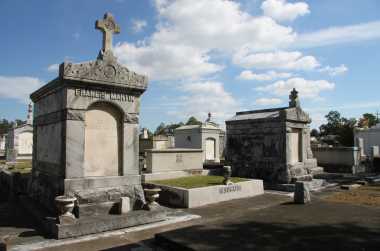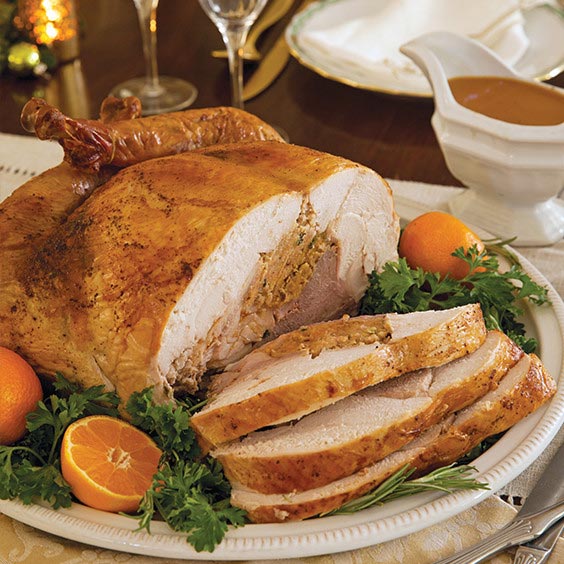Home of Cajun cuisine and New Orleans, Louisiana is certainly a vibrant state. But there’s more to the boot-shaped state than Mardi Gras, so here’s 10 things about the Pelican State you may not know.
- State Number 18
Louisiana became the 18th state when it was admitted to the Union on the 30th of April 1812. It was first explored by the Spanish in 1528, but it was later claimed by the French in the 17th Century. This French territory stretched from modern day Louisiana in the south, up to Canada in the north (much of it became the Louisiana Purchase). It was named ‘Louisiana’ in 1628 to honor King Louis XIV of France. Louisiana was sold to the United Stated by Napoleon Bonaparte in 1803 following military defeats with Britain and failure to put down the Haitian Revolution – in short, he needed funds to rebuild his army and French territory in America was too great an expense (sugar plantations in the Caribbean was more lucrative). After U.S acquisition, Louisiana was split into New Orleans to the south (forming much of modern day Louisiana) and the District of Louisiana to the north – which became Missouri Territory after Louisiana statehood in 1812.
2. Split Differently
Unlike other states which are divided into counties, Louisiana is divided into parishes. This stems from the state’s European colonial era when Louisiana was technically Roman Catholic under French and Spanish control. Churches (or parishes) often marked out parish boundaries. Even after the 1803 purchase, the term ‘parish’ stuck.
3. Pelican Flag
The flag of Louisiana has a pelican feeding her young with her own blood on it. Sounds grim, but it was based on a 19th Century tradition where all Louisiana flags had to have the pelican have three drops of blood on her chest. The flag was adopted in 1912 and modified in 2010 to make the pelican more detailed.

4. Raise Your Dead
Louisiana is low lying, and averages at 100 feet above sea level. New Orleans, however, lies at 8 feet below sea level. Burial is therefore difficult, and often not an option. A six foot deep grave will fill with water, so the casket will float. This is why Louisiana, particularly New Orleans, will bury the dead raised in mausoleums.
5. You Better Pinky Promise That
A law in Louisiana states that a false promise can land you a year in jail – although, you probably won’t be in legal trouble if you don’t make good on your promise to your sibling. You may also not gargle in public, for some reason.
6. Fertile Wealth
The rich fertile land of Louisiana made the state wealthy, particularly in the 1800s. At the time, it was one of the wealthiest states – and not just in the south – because of its production of sugar, cotton, and indigo (a flowering plant used for indigo color dye). Today, Louisiana is one of the poorest states – statistically the 47th wealthiest state by median household income ($46,710).
7. Changing Capitals
Louisiana’s state capital has changed every now and then since 1812. The first capital was New Orleans from 1812 – 1830. The next was short lived, being Donaldsville from 1830 – 1831. New Orleans became the capital again between 1831 – 1849. Then Baton Rouge was the state capital from 1849 – 1862. New Orleans had a final stint between 1862 – 1882, before Baton Rouge was finalized as the state capital from 1882 onwards.
8. That’s a Long Bridge
The Lake Pontchartrain Causeway is the longest continuous bridge over a body of water, at 23.875 miles long. The causeway consists of two parallel bridges (two lines running in either direction) and was fully opened in 1969.
9. Dairy Drink
New Orleans may be the home of several cocktails, including Sazerac, Ramos Gin Fizz, Hurricane, and Bywater, but an alcoholic beverage is not Louisiana’s state drink. The state drink is actually milk, which was designated in 1983.

10. Continuing a Tradition
Popularized in 1985 by Cajun Louisiana chef, Paul Prudhomme, the turducken is a meat dish consisting of a chicken stuffed inside a duck, which is then stuffed inside a turkey. The dish is not unique to Louisiana, nor is the idea of stuffing birds inside other birds invented by Prudhomme. Birds inside birds were a delicacy of the medieval European aristocracy, although there are reports that the Romans had a variant.
